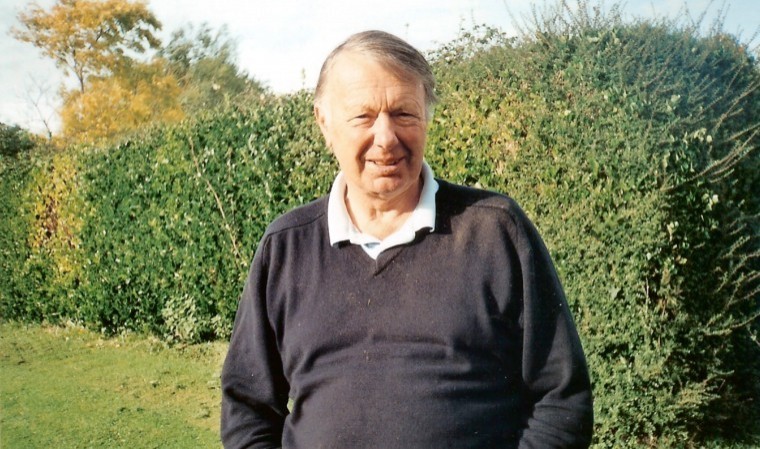Farmers and landowners must surely be disturbed by the latest strongly biased report on our industry called “State of Nature 2016” put together by some 50 conservationist groups.
At almost every turn it seeks to point the blame for the decline of our bird life towards the farming community. But, at the same time, it completely ignores the effects of various environmental pressure groups in trying to stop farmers doing what, over generations, has proved so effective in retaining the balance of nature by controlling creatures at the top of the pecking order. This doesn’t mean exterminating species, just keeping their numbers within a range where they don’t simply decimate the more vulnerable species beneath them.
Let’s look at what we have to contend with in the English countryside today. We should start with the main dominant species causing the problems, species we see around us which have been well managed by past generations. So, in no particular order, let’s start with the birds.
Magpies are completely out of control. In recent years, if a countryman took a walk round his land with a gun he would quite likely be abused by walkers, even if he hadn’t fired a shot. This leads to a reluctance to deal with that magpie or crows nest to remove a threat to vulnerable species. Similarly with larsen traps which are extremely effective against these birds, but which are constantly being smashed by certain people, out of ignorance. The victims are millions of small songbirds which are subsequently killed. Included with magpies is the Jay, a sly secretive killer.
Crows are clever, ruthless assassins which match the numbers of the relatively harmless rook from a position, some 30 years ago, where the crow was hardly seen. Crows are able, by observing quietly, to find almost any small bird’s nest in trees, gardens, hedgerows and open farmland. The victims are any songbirds, open ground nesting game birds, such as English partridges and lapwing,
Sparrowhawks are a wonderfully efficient killer of almost any species up to and even beyond its own size. I have seen them chase and catch swallows, house martins, green woodpecker and even rooks, but their main menu consists of tits, sparrows, thrushes and blackbirds. Probably the biggest killer of bird species in gardens from town to countryside. The crime is often unseen, just leaving a pile of feathers. They are worse than cats.
Buzzards hunt bigger game birds, particularly pheasants, partridges and wild ducklings, stooping – often from great height – with the body mass to overcome the victims. They take rabbits and young leverets and sometimes lambs. Include with this bird the Red Kite, now increasing rapidly in number. Quite new to us so personal experience is limited, but clearly along the Downs, it is making a good living on easy avian targets.
A growing problem, and quite new to the game inland, are herring gulls which mob and take young rooks from our nearby rookery in early May.
The fox is an opportunistic hunter, taking anything he manages to surprise. These pests have killed every pheasant around us this summer; they smell, make a mess around gardens and give dogs sarcoptic mange, which is a horrible skin disease if not treated quickly. They also ‘quarter’ open farmland for ground nesting game birds, peewits, yellowhammers, skylark etc. taking mainly eggs but not selective if they find young birds.
Badgers are probably the most damaging killer now in the countryside. They hunt open farmland and hedgerows alike taking anything they find including duck eggs, and like the fox, any ground nesting birds. Their particular favourite meal appears to be hedgehogs which in many areas they have now wiped out. I have heard them being killed outside our bedroom window at night, and next day going out to find the spikey skin neatly cleaned up, lying spikes down where it has been opened up at its soft underbelly and eaten out cleanly. Their death throes are very hard to listen to.
So what are country people supposed to do? Not only do we have to contend with these problem pests but we get no support from the likes of the RSPB and many of the more gullible, even brainwashed, public, understandably not used to the ways of the country. On top of this we regularly get fingered for the way we farm or care for our land’s general well being, simply because people often don’t understand country ways. It is quite disheartening and, what is more, is probably doing more to destroy the balance of nature and our wonderfully diverse spread of wild creatures than anything else. It is alienating the one sector of the British population, who are really in a position to help these under pressure, victimised, creatures.
If we were given a little bit of support we could get most of these species back in with a fair chance of survival, just by some selective culling of these top species in the animal world. There would be no extermination, just a selective thinning out, to give the more vulnerable creatures down the chain some chance to breed and succeed.
Unless these attacks ease off we will very soon find the only wildlife left in the country are the aforementioned killers, and the new species being introduced, under the totally irresponsible loudmouths, such as the Guardian’s George Mombiot, who simply have no idea of the damage of their mad plans as they seek to rewild our countryside.
Finally, maize silage harvest was finished by 20 September, wilted very quick in the extreme heat early on. Old variety Apperti was outstanding: up on the chalk, helped by a generous slurry application in April, it did more than 20 tonnes an acre and down on the Arun river valley produced between 16 and 17 tonnes. Very satisfactory and all clamped.




